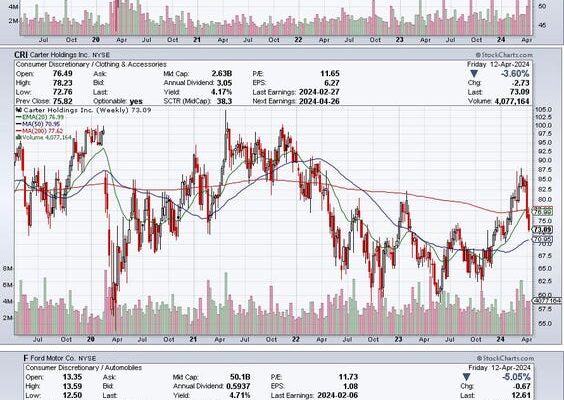What Is Purchasing Power? Definition, Importance & Related Concepts
Purchasing power has an inverse relationship with inflation.
Igal Ness via Unsplash; Canva
ContentsWhat Does Purchasing Power Mean? How Does Purchasing Power Relate to Inflation and Cost of Living? What Is Purchasing Power Parity? What Is a Purchasing Power Index? What Does Purchasing Power Mean? Remember when you could buy two Mcdonald’s Big Macs with a $5 bill in 2000? By 2020, however, a fiver would only secure you one of the fast food chain’s most iconic burgers—maybe with some change to spare. Why? Because the purchasing power of the dollar decreased over that 20-year period.
Purchasing power is the value of money in terms of the real goods and services it can purchase. The purchasing power of a currency decreases over time as the goods and services in a country go up in price. More rarely, purchasing power can increase if prices fall.
How Does Purchasing Power Relate to Inflation and Cost of Living? Inflation is the process of goods and services going up in price over time. Any time inflation occurs (i.e., prices go up), purchasing power decreases because each unit of currency becomes less valuable in terms of what it can be exchanged for.
During periods of deflation, which are much rarer, prices fall, and thus purchasing power increases. In other words, purchasing power and inflation have an inverse relationship.
Cost of living refers to the amount of money required for an individual to maintain a certain lifestyle. Regular, recurring expenses like rent, gas, food, and healthcare are taken into account when considering cost of living. When the cost of living goes up (due to inflation in the prices of goods and services), purchasing power goes down because more currency is needed to purchase the same necessities.
What Is Purchasing Power Parity? Purchasing power parity (PPP) is an economic theort that posits that goods and services should cost the same amount everywhere once currencies are exchanged. In other words, one U.S. dollar should be able to buy the same amount of goods anywhere once it is converted into the local currency.
Scroll to ContinueTheStreet Dictionary TermsWhat Is Purchasing Power? Definition, Importance & Related ConceptsSep 16, 2022 8:04 PM EDTThe Path to Achieving High Wealth Leads Through These 10 SchoolsSep 16, 2022 5:41 PM EDTAs Companies Pursue Autonomous Trucks, a Key Question RemainsSep 16, 2022 5:09 PM EDTPut another way, if a box of cereal costs $3 in Country A and $4 in Country B, then the exchange rate from currency A to Currency B should be 3:4 (or 0.75) assuming absolute purchasing power parity.
It’s important to note that actual currency exchange rates are not informed by relative purchasing power—exchange rates are determined by supply and demand in currency exchange markets. PPP is just a way to compare currencies in terms of the goods and services they can pay for.
In reality, a number of factors cause actual exchange rates to differ from the rates that would be implied by PPP. Transportation costs, tariffs, differing inflation rates, supply-chain issues, and countless other factors can cause currencies to have different purchasing power.
How to Calculate Implied Exchange Rates With PPPIf you wanted to calculate the exchange rate that would be implied by the purchasing power parity theory, you would simply compare the cost of a basket of identical goods between two currencies
PPP Exchange Rate FormulaS = P1 / P2
Where . . .
S: Implied exchange rate
P1: Price of a basket of goods in one country
P2: Price of same basket of goods in a second country
PPP Exchange Rate ExampleLet’s say a hypothetical basket of goods costs $14 in Country A’s currency, while the same basket of goods costs $22 in Country B’s currency. What should the exchange rate between the two currencies be assuming purchasing power parity?
S = P1 / P2
S = $14 / $22
S = 0.64
So, every unit of Currency B should be worth about 0.64 units of Currency A, assuming purchasing power parity.
What Is a Purchasing Power Index? A purchasing power index is a tool that assigns a value to each country based on the purchasing power of its currency relative to other countries. In this 2020 purchasing power index by Numbeo, for example, scores range from around 20 to 120, with higher scores indicating a country’s currency has more absolute value in terms of what it can purchase.












 Bitcoin
Bitcoin  Ethereum
Ethereum  Tether
Tether  Solana
Solana  USDC
USDC  Lido Staked Ether
Lido Staked Ether  XRP
XRP  Dogecoin
Dogecoin  Toncoin
Toncoin